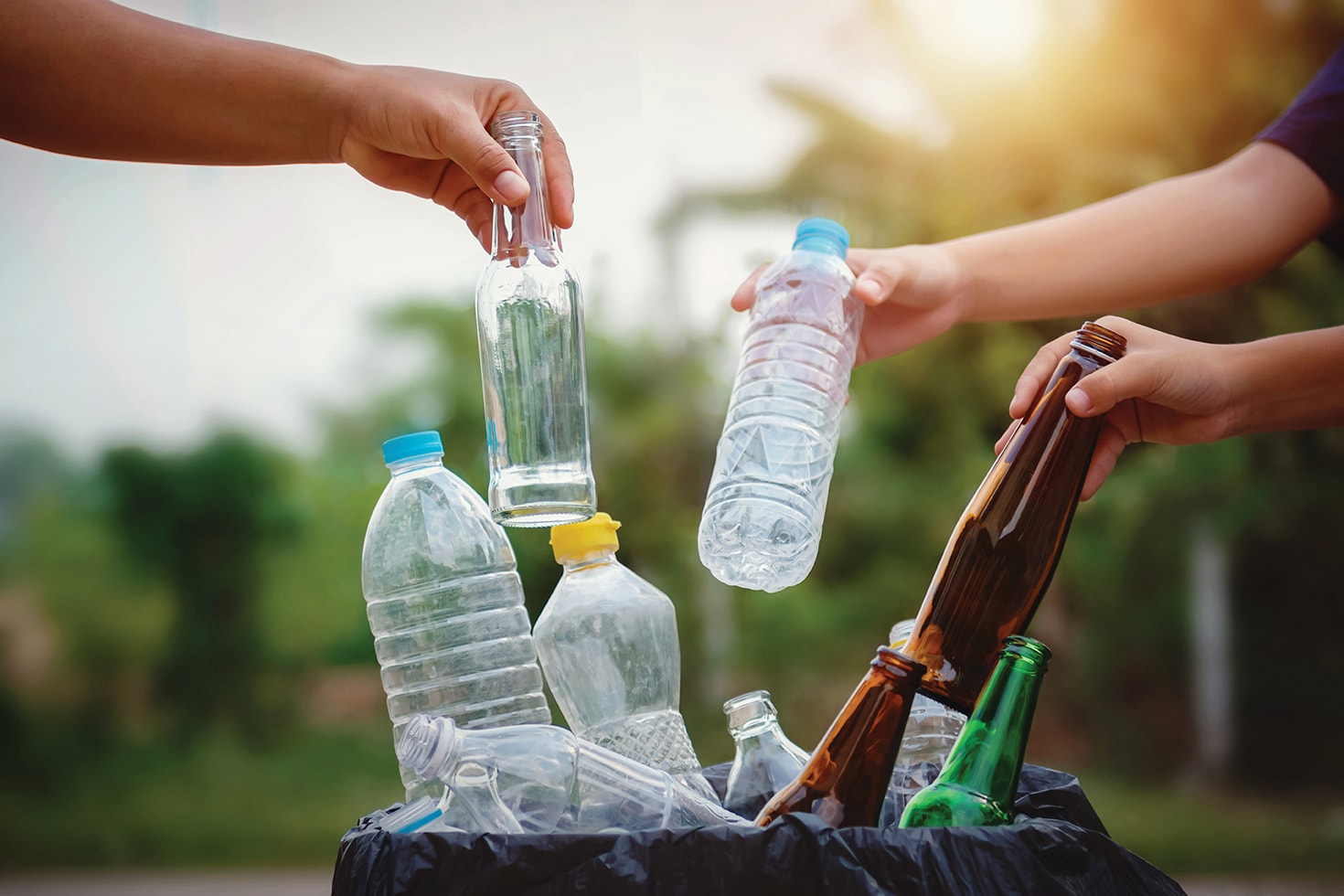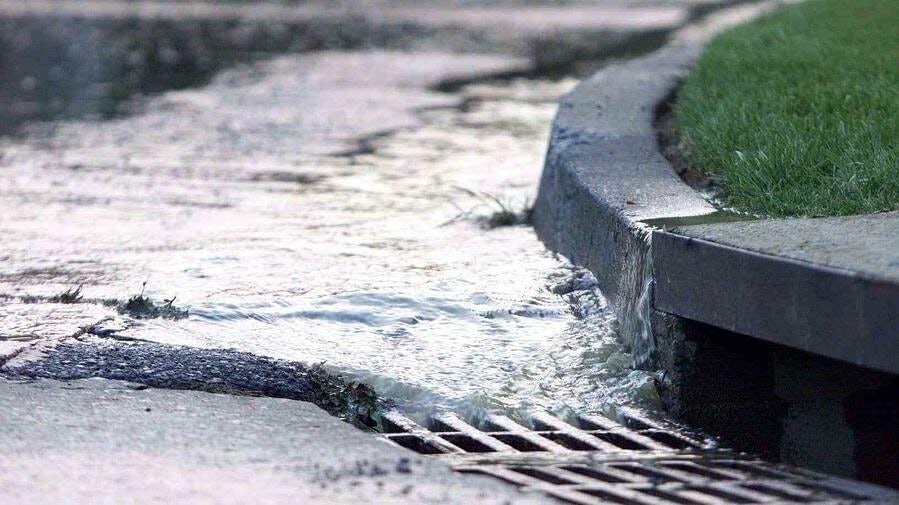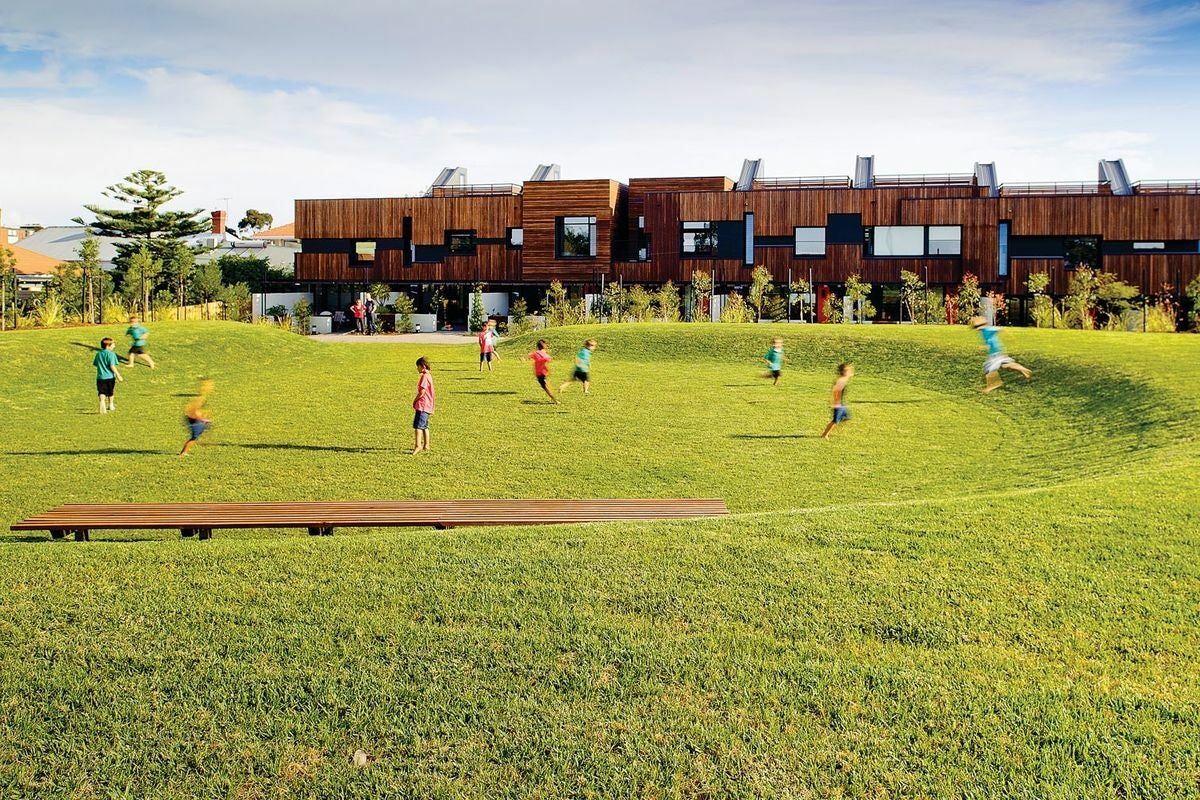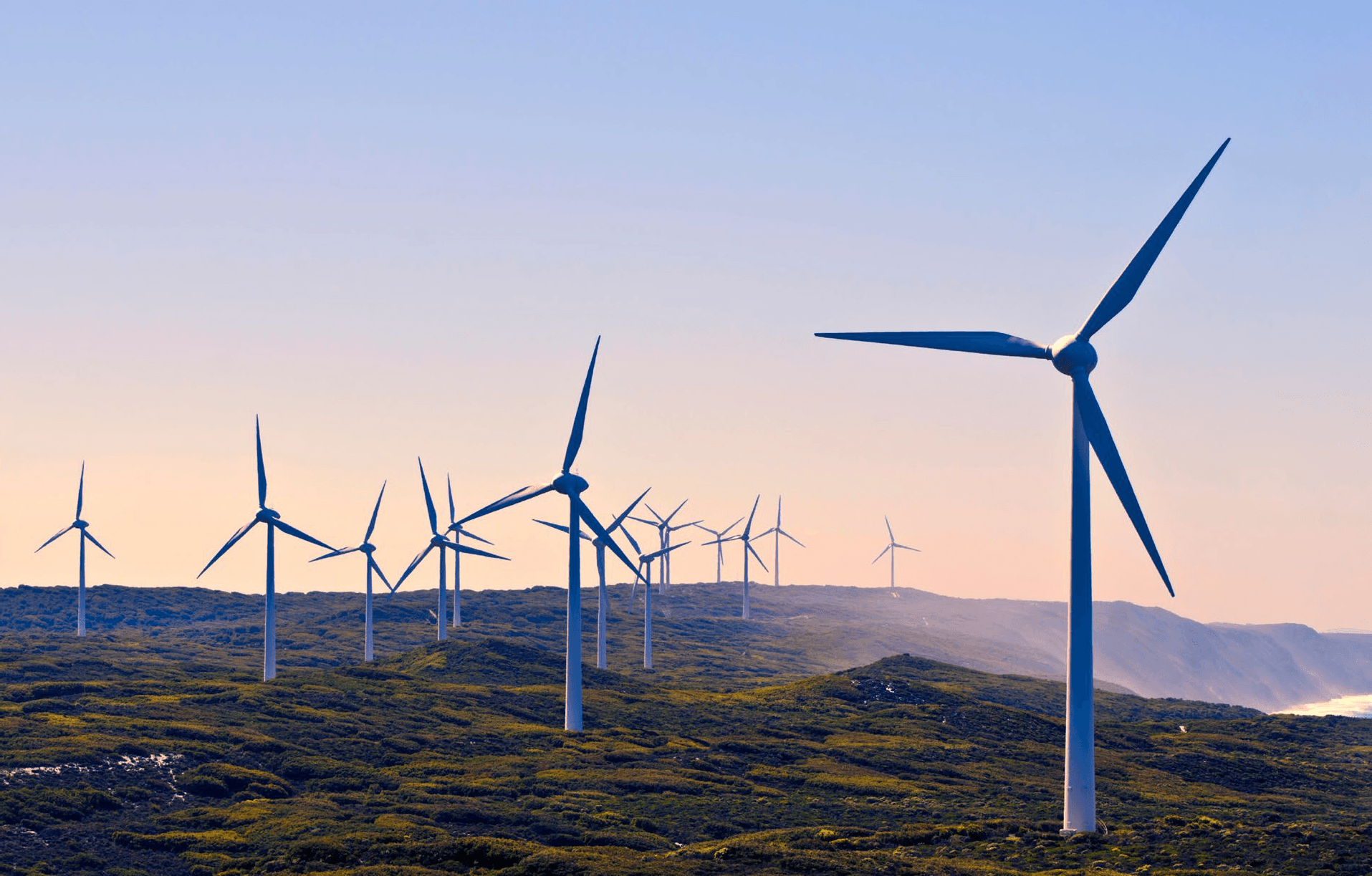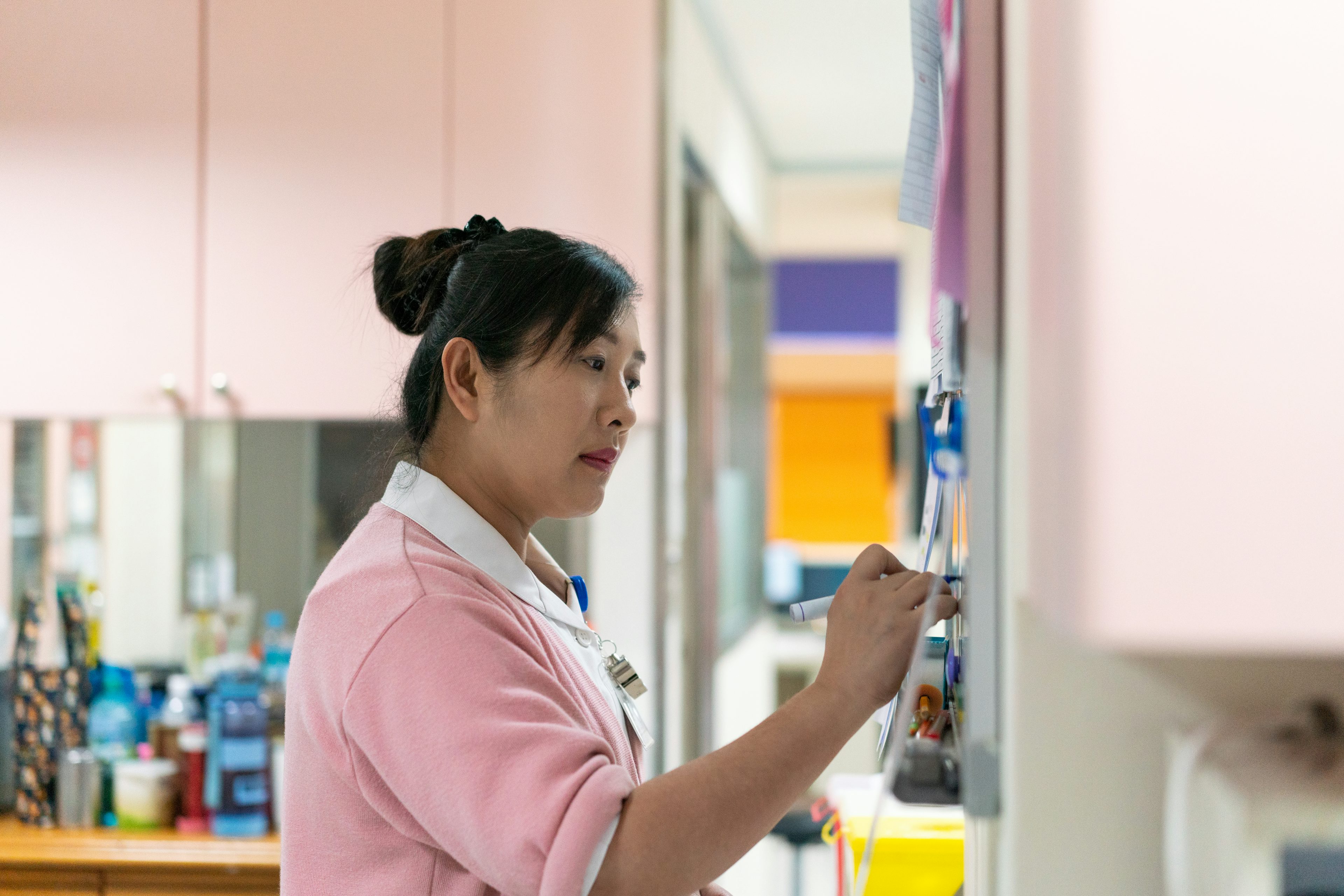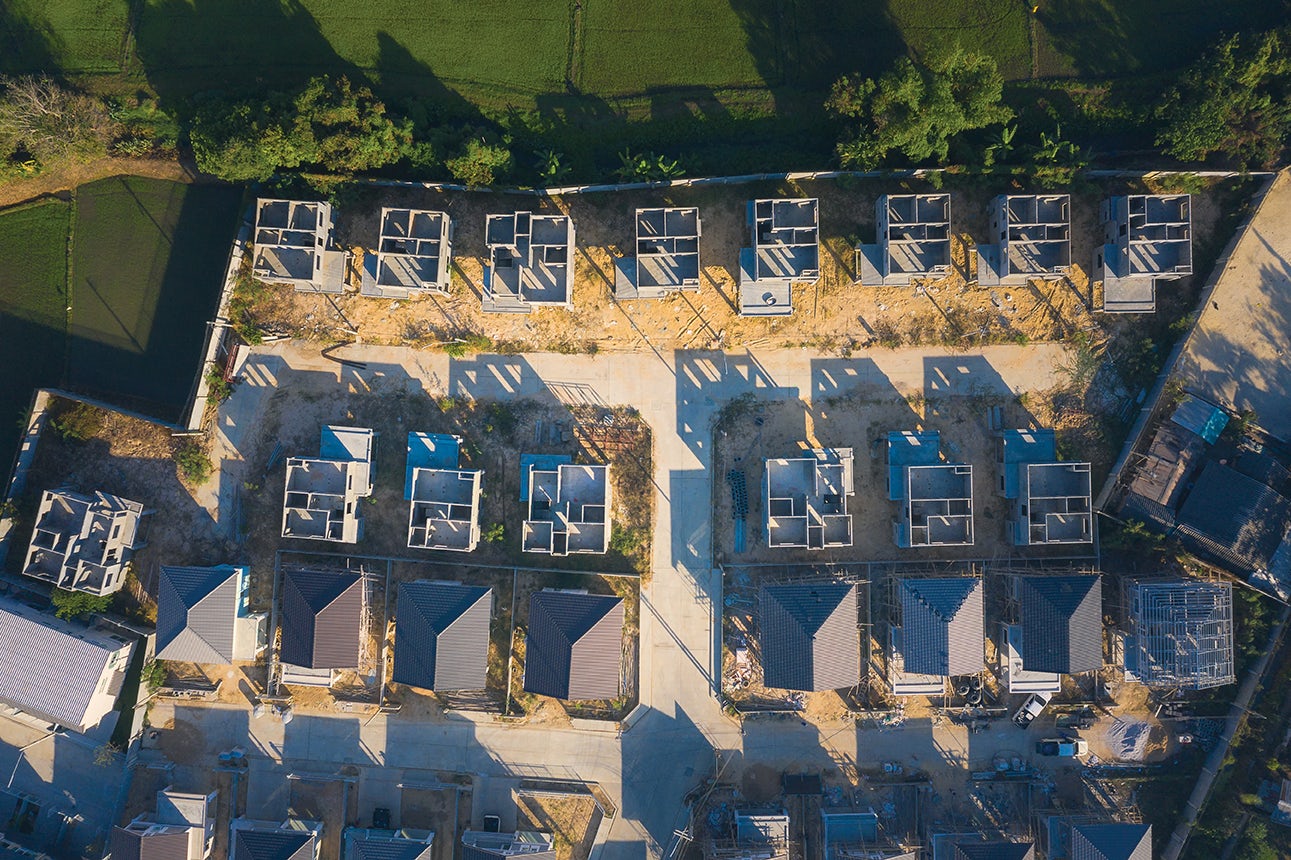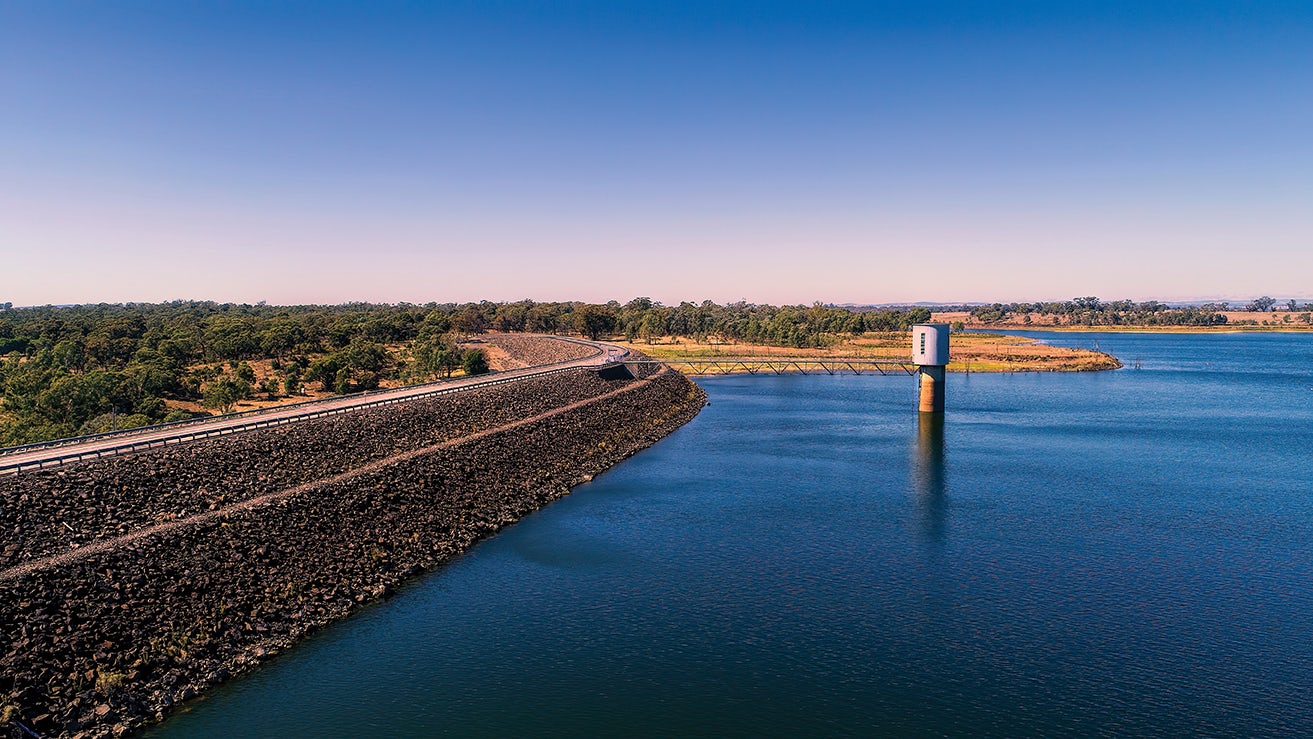Growth areas
Melbourne’s growth areas are home to young and diverse communities. But they often lack adequate transport, services and jobs. Infrastructure Victoria's work shows better infrastructure planning can help these communities thrive.

Challenges
People travel further to access jobs and services
Melbourne's growth areas will gain around 840,000 residents by 2036 but only 250,000 jobs. People in growth areas find it harder to reach work and training within reasonable travel times. They face longer commutes or accept lower-paid jobs that don't match their skills. Growth area TAFEs need over 125,000 square metres of extra space for construction, energy and healthcare training.
Community facilities and public transport are limited
Growth areas have fewer community facilities and public transport options than established suburbs. One library serves 62,000 people in growth areas compared to 30,000 in established suburbs. Aquatic centres also show a gap. Some growth areas lack train services and many have infrequent and indirect buses. This limits access to jobs and services.
New infrastructure costs more and takes longer to deliver
Building new infrastructure in growth areas can cost up to 4 times more than in established areas. New communities need new roads, water pipes, schools and facilities. Victoria will also need around 900 new kindergartens by 2036, mostly in growth areas. Higher costs strain budgets and often delay infrastructure until years after homes are built.

